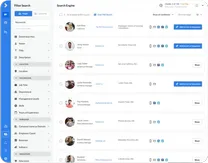Due to the lack of a clear and organized sales process, it becomes difficult to effectively manage leads, track sales progress, and identify areas for improvement. A well-structured sales pipeline can help you attract, engage, and convert leads into loyal customers.
A sales pipeline not only ensures that no leads fall through the cracks but also provides valuable insights into the effectiveness of sales strategies, allowing for data-driven decision-making and continuous improvement.
But how to build a sales pipeline? We’re here to guide you through six easy steps to create a sales pipeline that will help you track your sales progress and improvements.
We have also discussed the different stages in the sales pipeline and a few tips that will help you improve the efficiency of your pipeline. Let’s start with understanding what a sales pipeline is.
What is a Sales Pipeline?

A sales pipeline can be defined as a visual representation that shows the journey a prospect takes from the first point of contact to purchase. It allows sales reps to track and monitor their progress in converting leads into customers.
A sales pipeline generally consists of multiple stages a customer goes through before purchasing. Each stage represents a specific milestone or action that needs to be achieved to move the prospect forward in the sales process.
Sales pipelines can be visualized through various tools or software, such as customer relationship management (CRM) systems or sales pipeline management software.
These tools enable sales professionals to track interactions, manage leads, and analyze performance metrics.
Why is it needed?
Before we jump into learning how to build a sales pipeline, let us first understand why we should create one-
- A sales pipeline provides a structured view of the sales process, allowing you to clearly understand where each prospect stands in the buyer’s journey.
- You can ensure no leads fall through the cracks and get a systematic approach to nurture and engage prospects at each stage.
- A sales pipeline enables accurate sales forecasting by providing insights into the volume and quality of leads at different stages. Precise forecasting allows you to allocate resources appropriately and set realistic targets.
- You can measure and analyze key sales metrics at each stage. It also helps you track conversion rates, sales cycle length, and other important KPIs.
- A well-defined sales pipeline is crucial for scaling sales operations and achieving sustainable growth. It ensures that sales processes are adaptable to changing market dynamics.
Sounds similar to a sales funnel? These terms have been used interchangeably a lot, but there are differences. Let’s understand them first-
Sales Pipeline vs Sales Funnel
A sales pipeline must not be confused with a sales funnel, as these terms define different perspectives of a sales cycle.
Now that you know the difference between a sales pipeline and a sales funnel, let’s move forward and discuss the different stages in a sales pipeline.
Different Stages in a Sales Pipeline
Before we actually dive into how to build a sales pipeline, we must know the different stages a sales rep goes through while building one. They are-
Prospecting
Prospecting is the initial stage where sales reps identify potential leads and prospects. It involves research and lead generation to determine if the lead fits the target customer profile.
Lead Qualification
Once a lead is identified, it needs to be qualified further to determine if they have a genuine interest and potential to become a customer.
This involves gathering more information about the lead, like evaluating their needs, budget, and decision-making authority.
Needs Analysis
In this stage, sales professionals engage with the qualified lead to understand their specific requirements, challenges, and goals. The focus is on uncovering the pain points that the product or service can address and determining if there is a good fit.
Offering a Proposal
After identifying the prospect’s needs, the sales rep presents a customized solution or proposal that outlines how their product or service can meet those needs.
This involves demonstrating the value and benefits of the offering and addressing any questions or concerns the prospect may have.
Closing
In the closing stage, the prospect decides to move forward with the purchase. This involves obtaining formal commitment, such as signing a contract or verbal agreement, to become a customer.
Follow up
After closing the deal, the relationship shifts to the post-sales phase. This stage involves maintaining regular contact with customers, ensuring their satisfaction and addressing post-sale concerns.
You also potentially identify upselling or cross-selling opportunities.
While these stages may vary depending on your type of business, these are the primary stages a sales rep goes through. Now let us learn how to build a sales pipeline-
6 Steps to Build a Sales Pipeline
Now let us talk about how to build a sales pipeline in six easy steps-
Step 1: Define your Ideal Customer Profile (ICP)
To start building a successful sales pipeline, it’s essential to clearly define your ideal customer profile. Identify the characteristics, demographics, and pain points of your prospects.
By understanding your ICP, you can align your sales and marketing efforts to attract the right prospects who are more likely to convert into paying customers.
Step 2: List the stages of your pipeline
If you’re running a shoe business online, you may not need the ‘offering a proposal’ stage discussed above. So, you must map out the different stages of the sales pipeline according to your requirements.
You might even need multiple pipelines for different products; do not try to avoid this, as it may hamper your sales tracking.
Step 3: Generate and nurture leads
Once you have defined your ICP and established the stages of your pipeline, focus on generating leads that fit your target customer profile.
Implement lead-generation strategies such as content marketing, social media campaigns, ads, and SEO.
Once you’re done attracting leads, you must nurture them through targeted content to build relationships and guide them along the buyer’s journey.
Step 4: Keep the leads moving
It’s essential to keep leads moving through your pipeline by actively managing and progressing them from one stage to another.
Regularly engage with leads, provide relevant information, and address their questions and concerns to guide them toward the next stage. Keep the momentum going to prevent leads from stagnating in the pipeline.
Step 5: Record and track performance metrics
Record and track performance metrics at each stage to effectively manage your sales pipeline. Monitor conversion rates, sales cycle length, win rates, and other key metrics to identify bottlenecks and areas for improvement.
Utilize a CRM system or sales pipeline management software to capture and analyze these metrics, enabling data-driven decision-making and optimizing your sales efforts.
Step 6: Perform reviews and clean-ups
Regularly review and evaluate your sales pipeline to ensure its effectiveness. Conduct pipeline reviews to assess the status of each lead, identify potential roadblocks or inefficiencies, and make necessary adjustments.
Start cleaning up your pipeline periodically by removing stale or unqualified leads to maintain accuracy and focus your efforts on the most promising opportunities.
You’ve built a pipeline that guides leads through the sales process. Now, let’s talk about how you can manage your sales pipeline.
How to manage your Sales Pipeline
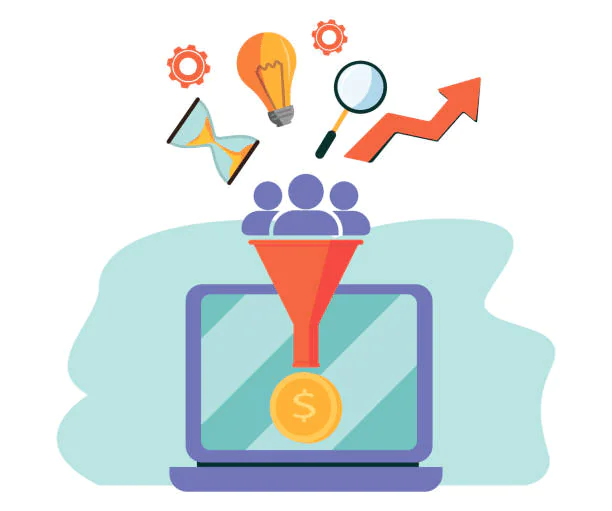
Once you’ve learned how to build a sales pipeline, you must know how to manage it to ensure it works efficiently. Building a sales pipeline is the easy part.
In this section, we’re providing some additional tips that will help you manage your pipeline-
Understand why you’re losing leads (and work on it)
Identify why leads are dropping off at different stages of the pipeline. Is it due to ineffective lead nurturing, lack of alignment with customer needs, or poor communication?
Pinpoint these issues and address them proactively. Understanding why leads are lost can help you refine your strategies, improve messaging, and enhance the overall customer experience.
Analyze your teams’ performance
Analyzing your teams’ performance at each stage throughout the pipeline ensures that your team is working efficiently to identify strengths and areas for improvement. Search conversion rates, average deal size, win rates, and other key performance indicators.
This can help you identify top-performing salespeople, best practices that can be replicated across the team, and areas where additional coaching or training may be needed.
Lead Scoring
Implement lead scoring to prioritize and focus your efforts on leads with the highest potential to convert customers. Assign scores based on demographics, engagement level, and fit with your ideal customer profile.
This allows your sales team to allocate resources effectively and concentrate on leads most likely generating revenue.
Know when to remove leads
Not all leads will progress through the entire pipeline. Recognizing when a lead is no longer a good fit is essential. It’s mostly when a lead stops engaging or responding to your outreach efforts.
Regularly review and evaluate leads, and remove those unlikely to convert or require excessive effort without yielding results. This helps simplify and clean up your pipeline and allows you to focus on more promising opportunities.
Make use of templates to save time
Develop standardized templates for repetitive sales processes, such as outreach emails, proposals, and presentations. Templates ensure consistency in messaging and save time.
However, ensure that templates are personalized and tailored to individual leads to maintain a personalized touch and increase the chances of conversion.
Generating accurate and up-to-date leads is essential to build an effective sales pipeline, and if you want to do it effortlessly, consider using Swordfish AI.
Swordfish’s advanced algorithms and real-time contact data validation ensure that you have access to the most accurate leads. How? Let’s see-
Supercharge Your Sales Pipeline With Swordfish AI
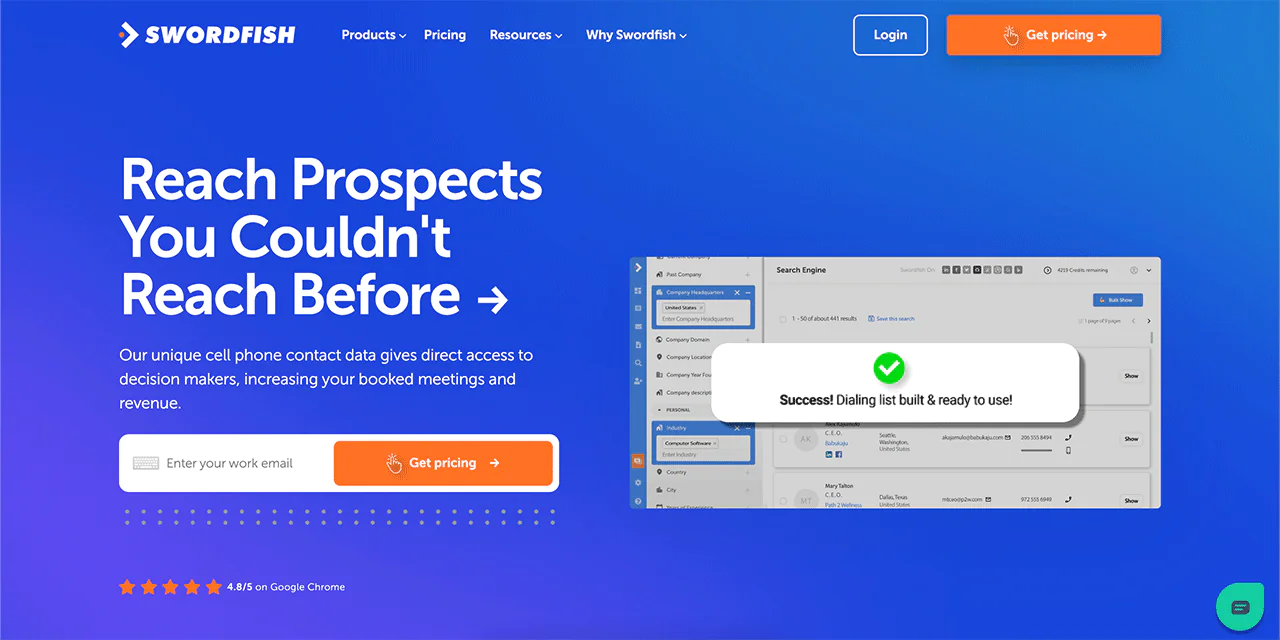 Swordfish AI is a contact-finder platform that helps with your lead generation process with its vast database of over 3.5 billion profiles. It connects to over 200+ live data partners in real-time to provide you with up-to-date contact information.
Swordfish AI is a contact-finder platform that helps with your lead generation process with its vast database of over 3.5 billion profiles. It connects to over 200+ live data partners in real-time to provide you with up-to-date contact information.
Swordfish ensures its data is up-to-date and guarantees an 80% accuracy on its cell phone data and over 95% accuracy on its email data.
Swordfish aggregates data from the world’s top people identity verification providers such as Hoovers, Dun & Bradstreet, Experian, and other independent sources and live feeds to bring you valid and direct contact information for the people you are looking for.
Let us explore Swordfish’s features-
Swordfish AI Features
Swordfish AI provides a game-changing suite of tools to supercharge your sales pipeline. Here are they-
Prospector
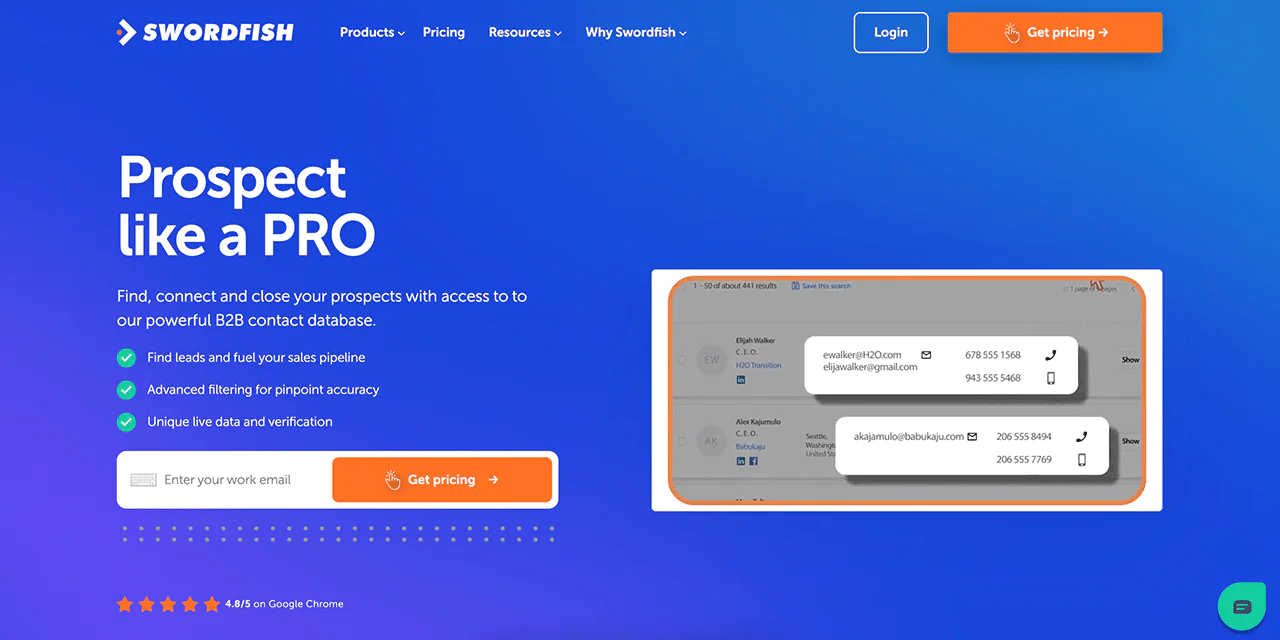
With Swordfish’s prospector, you can prospect like a pro and fuel your sales pipeline in bulk. You can also create dialing/ email lists in seconds using advanced filters for accurate lead generation.
Chrome Extension
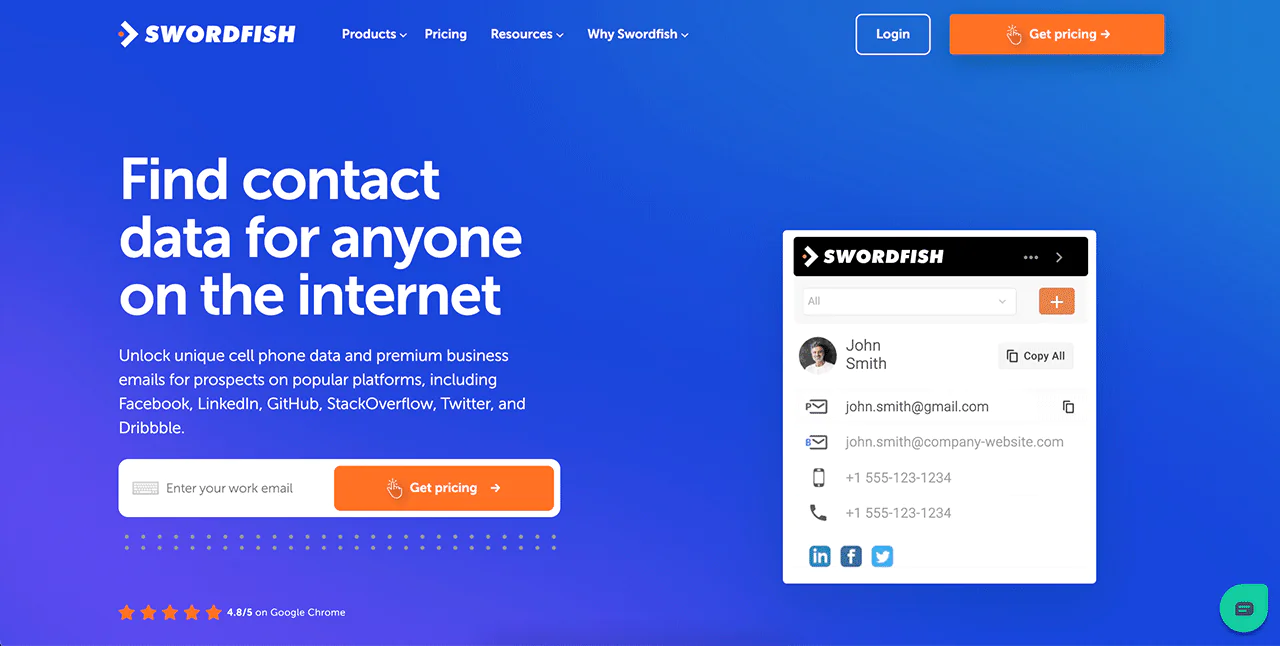
Use Swordfish’s Chrome Extension to find contact information for anyone online. Swordfish verifies contact data from multiple sources like LinkedIn, Twitter, Facebook, Dribble, GitHub, StackOverflow, Google, and Bing.
File Upload
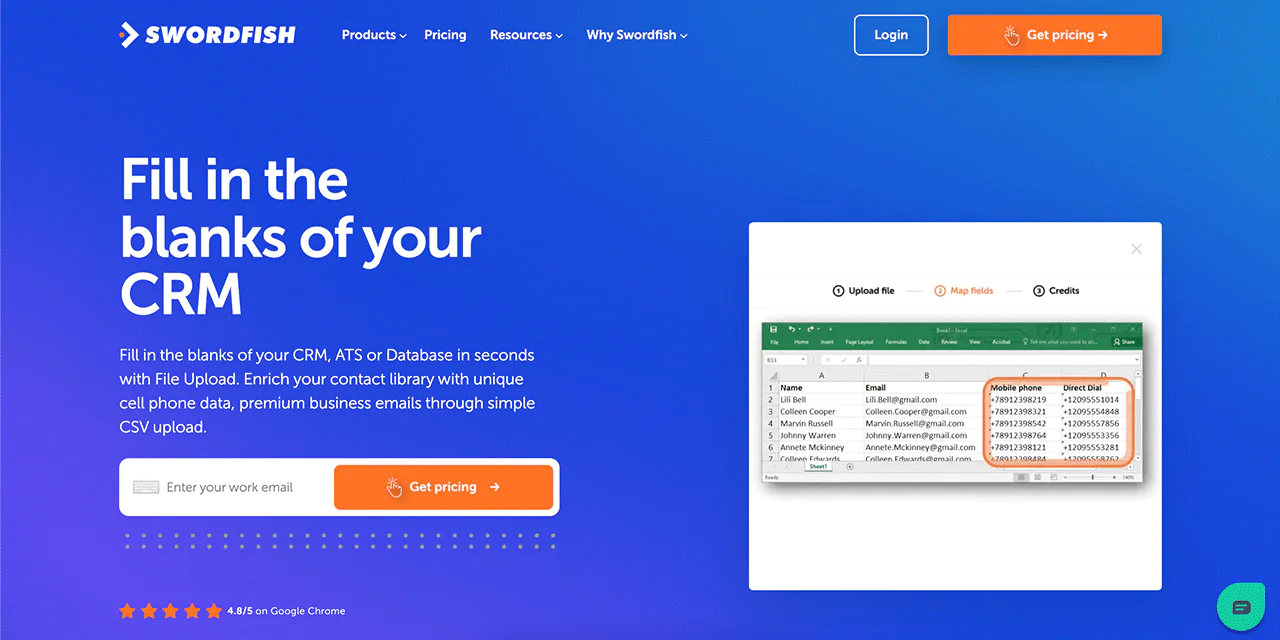
File Upload lets you fill in the blanks of your CRM contact database. You can upload a CSV file, and Swordfish fills in the missing data in seconds for you!
API
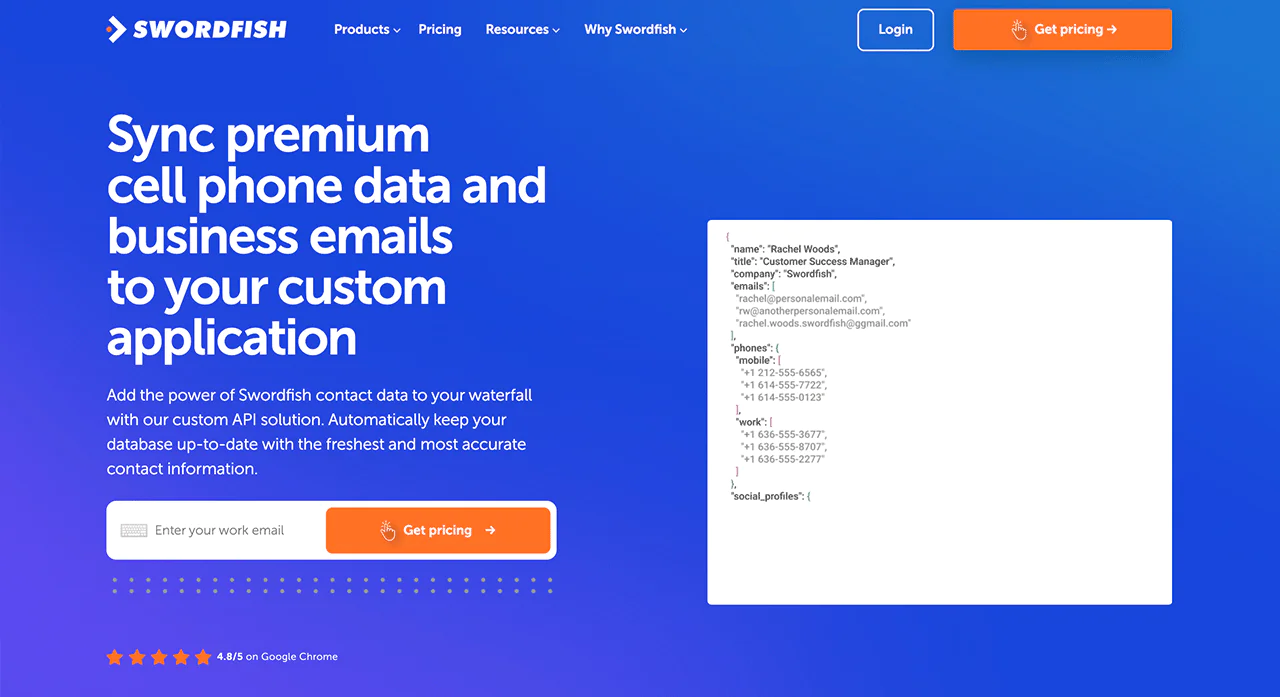
You can enhance your sales process using Swordfish’s API. The API allows you to integrate Swordfish’s verified cell phone data and customize your data plans according to your specific requirements.
Reverse Search
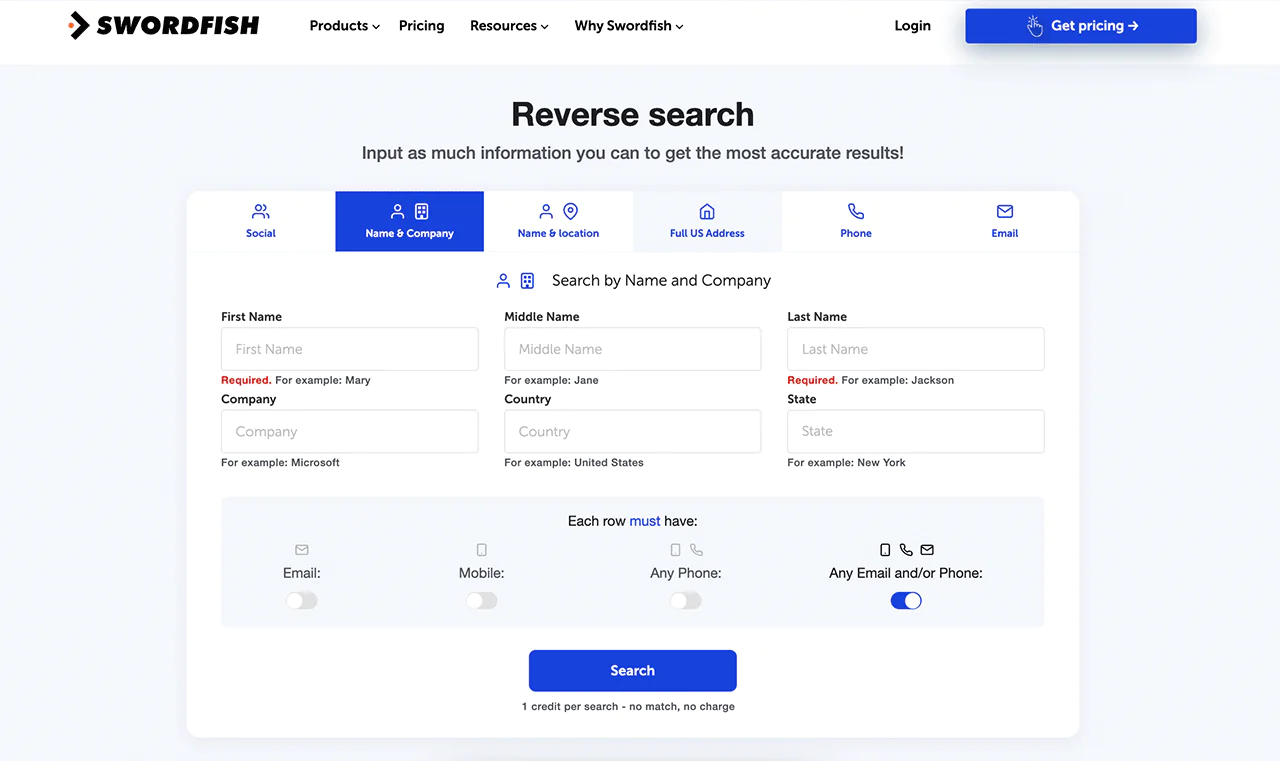
Reverse search lets you use the information you already have to find the information you don’t! You can use any information you have, like name, company, email, phone, address, and social profile, and Swordfish will find the person for you!
With accurate data at your fingertips, lead generation becomes easier than ever. Let us have a look at Swordfish’s pricing now-
Swordfish Pricing
You can contact our team to get the pricing. B2B sales and HR teams of Fortune 500 executive recruiters and solo entrepreneurs are crushing their numbers with Swordfish AI, and you can too!
Here are the plans offered by us-
Conclusion
This “How to build a sales pipeline” guide discussed the stages and six steps. Once you’ve created your pipeline, you must learn to manage it, which will keep it functioning effortlessly.
To help you with your lead generation process, we suggest using Swordfish AI. With its advanced filters and real-time validation of contact data, it guarantees to provide you with the most accurate and up-to-date contact information of your prospects.
It can also fill in the missing details of your CRM with its extensive database, no more inaccurate or misleading data. Try it for free, and you will notice the difference in your sales pipeline yourself!

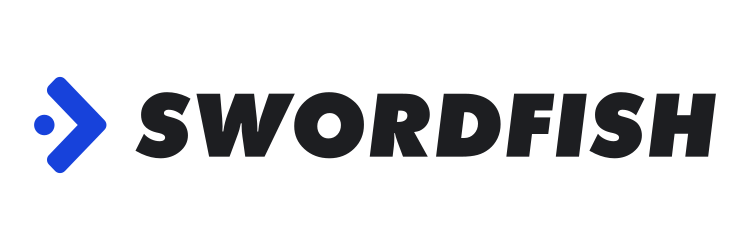
 View Products
View Products


